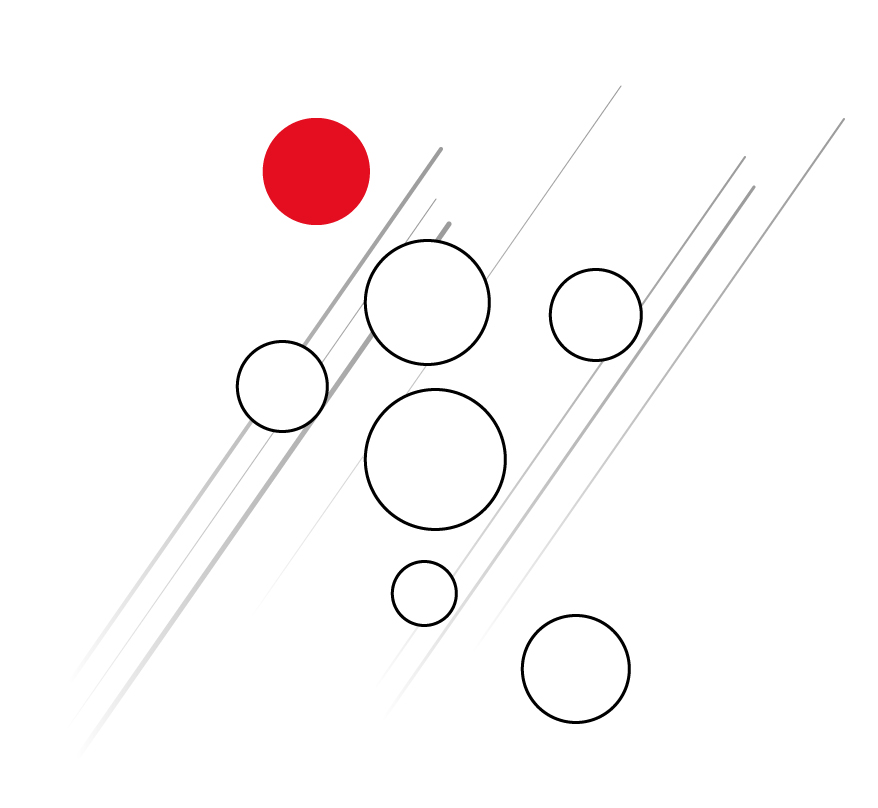A woman with a black work apron, an intense gaze turned to her instruments and a cloud of light hair gathered in a bun: perhaps there is no more iconic image than Marie Curie in her laboratory to represent a life dedicated to science.

In Paris, in the building that housed the laboratory where Marie Curie worked from 1915 to 1934, a small museum now traces the life and discoveries of two generations of Nobel Prizes. Pierre and Marie Curie, their eldest daughter, Irène, and her husband, Frédéric Joliot, have received five Nobel Prizes throughout their careers in physics and chemistry.

In the Museum, visitors will find original instruments, panels tracing the story of Radium, and the reconstruction of Marie’s study and the chemistry laboratory, complete with equipment. Entrance is free and has open access from Wednesday to Saturday in the afternoon, but as with our Museum, the experience takes on a completely different flavour if you take part in a guided tour. We also had the privilege of doing a private one with Camilla Maiani, the cultural mediator at the Museum.

The meeting with Camilla Maiani and the director Renaud Huynh was crucial in laying the foundations for a future collaboration between the two Museums. There are many links between the history of the Joliot-Curie family and the Panisperna group, starting with the photo of the first International Congress of Nuclear Physics on the stairs of our building, where the figure in black of Mme Curie stands out like a unique example among many male scientists (and only in some versions can Lise Meitner, another participant, be seen in the margin of the frame).

In our Museum, we show the image of the “vase of flowers” that Marie Curie included in her doctoral thesis in 1903 to explain the different types of radiation: gamma, alpha and beta. Precisely, describing the behaviour of beta rays, which presented several theoretical difficulties, was one of Fermi’s most essential works.

The same experiments of ’34 would perhaps not have taken place if Marie Curie had not come to Italy in 1918, invited by Vito Volterra: from that trip, during which she travelled across Italy from North to South, the foundations were laid for the foundation of a new institute, the Radio Institute, which will find its headquarters in via Panisperna and will be entrusted to Giulio Cesare Trabacchi, nicknamed “divine providence” since it was he who provided Fermi’s group with the precious material.

And again, it was precisely the discovery of artificial radioactivity by Irène Curie and Frédéric Joliot, in whose laboratory Oscar D’Agostino had also worked and where Bruno Pontecorvo would work, that suggested to Fermi the idea of bombarding the atomic nucleus with neutrons.

The circulation of ideas and collaborations is fundamental to research. For this reason, the Fermi Museum and the Curie Museum have decided to create a collaboration that will focus on exchanges of a cultural and material nature (documentation, instruments) linked to the history of physics and the relationships between the Roman and Parisian environments, starting from the early years of the twentieth century to the fifties of the twentieth century, as well as on topics relating to historical scientific museography and science communication, with particular attention to outreach actions aimed at a non-specialist public.



